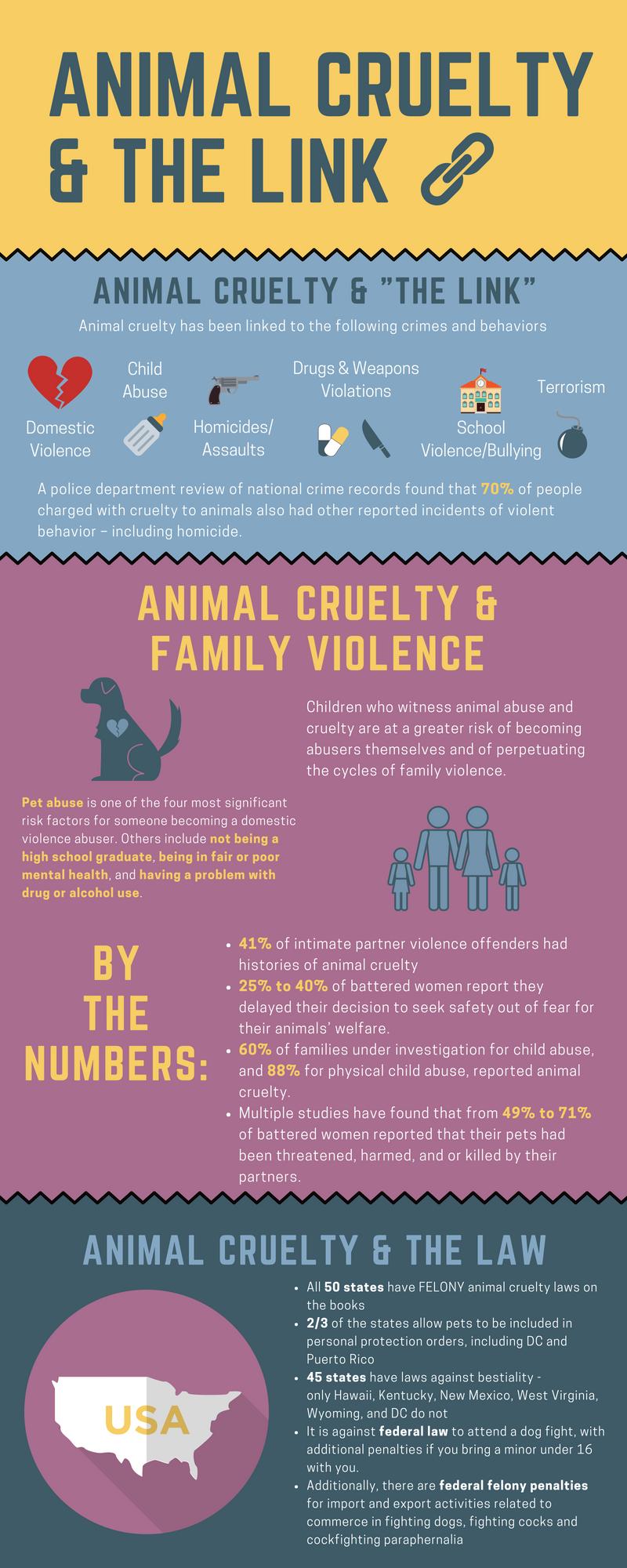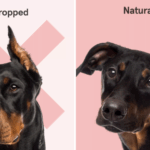Animal cruelty, an abhorrent reality that has persisted throughout human history, invites us to ponder a tantalizing question: How long has society deemed such inhumanity a crime? The journey toward recognizing animal rights has been fraught with challenges, injustice, and slow reforms. In this exploration of animal cruelty and the overarching timeline of societal reforms, we shall delve into an extensive historical narrative that not only illuminates past injustices but also emphasizes the ongoing struggle for better protection of our voiceless companions.
To understand the evolution of animal cruelty laws, we must traverse back to ancient civilizations. The earliest records hint at various societies treating animals with respect. In ancient Egypt, for instance, the reverence for cats, which were often mummified and buried ceremonially, starkly contrasted with later practices. However, during the medieval period, the perception shifted drastically. Animals were often subjected to grotesque spectacles, including bear-baiting and other blood sports, viewed as entertainment by the masses. This contradistinction between reverence and cruelty would remain apparent throughout history.
Fast forward to the 19th century, when the first flickers of reform began to emerge amidst the darkness of animal cruelty. In 1822, England implemented one of the earliest animal protection laws, the “Cruel Treatment of Cattle Act,” aimed at curbing inhumane practices towards working animals. It was a modest triumph, yet it signaled a growing recognition that animals deserved legal protection against brutal maltreatment. Notably, this act marked the emergence of humane societies, the most celebrated being the Royal Society for the Prevention of Cruelty to Animals (RSPCA), founded in 1824. This organization galvanized public conscience around animal welfare, advocating for legal reforms, education, and humane treatment.
In the United States, the road to legislative reform was paved slowly. The American Society for the Prevention of Cruelty to Animals (ASPCA) was established in 1866, championing the protection of animals against cruelty and advocating for their rights. Yet, it should be acknowledged that the application of these laws frequently hinged on societal norms; for example, while astonishing progress was made in urban areas, remote and rural regions often remained ignorant and indifferent to the plight of animals. This divergence prompts us to reflect: Can we ever achieve equality in animal welfare across diverse socio-economic landscapes?
The timeline of reforms continued into the early 20th century as awareness burgeoned. By the 1950s and 1960s, more extensive animal welfare laws proliferated across various states in the U.S., albeit inconsistently and often riddled with loopholes. It was during this time that academic voices began advocating for ethical treatment of animals. The publication of works such as Peter Singer’s “Animal Liberation” in 1975 catalyzed a philosophical movement emphasizing the moral consideration of animals, thus setting the stage for a more profound societal introspection.
However, the battle against animal cruelty experienced setbacks. With the rise of industrial agriculture, practices that prioritized profit over compassion flourished. The treatment of factory-farmed animals starkly exemplified this paradigm, with many consumers remaining oblivious or indifferent to the egregious abuses occurring behind closed doors. This dissonance between public sentiment and the harsh realities encountered by animals poses an uncomfortable inquiry: When does the line between ignorance and complicity blur, and what ramifications does this have for legislative progress?
As the 21st century dawned, the movement gained momentum through social media and compassionate activism, raising awareness and expanding advocacy networks. Legislative change surged as municipalities and states enacted bans on severe forms of animal cruelty and instituted protections for farm animals. The introduction of animal welfare laws varied considerably throughout the globe, as nations like Germany and Switzerland adopted comprehensive legal frameworks protecting animals, while others languished. Such disparities compel one to consider: Is reform ever truly universal, or does it remain contingent upon cultural evolution?
In recent years, the conversation surrounding animal rights has shifted significantly, cultivating a more urgent and profound comprehension of the interconnectedness between human and animal welfare. Advances in technology, coupled with a growing body of scientific evidence showcasing the cognitive and emotional capabilities of animals, have further propelled the discourse. Groundbreaking studies highlighting similarities between human and animal emotions have catalyzed increased compassion and understanding.
Nevertheless, significant challenges remain. The enforcement of existing laws is often lax, and loopholes abound in legislation. Cruel practices persist in many forms, including puppy mills, animal testing, and exploitative entertainment. Because the plight of animals intersects so poignantly with issues of systemic injustice, such as poverty and inequality, advocates continually grapple with the pressing question: How can we galvanize collective action to dismantle entrenched systems of cruelty that exploit both human and animal lives?
Looking back, the timeline of reform against animal cruelty reveals a tragic yet hopeful narrative of progress. From ancient civilizations across vast eras to the contemporary landscape, the struggle against animal abuse continues unabated. As we reflect upon our collective responsibility, we reshape the future with the shared goal of extending compassion to all creatures. Only through commitment, advocacy, and education can we envision a world where cruelty becomes a relic of the past and compassion reigns supreme. The question, then, is not merely how long cruelty has been a crime, but rather: How long will it take for humanity to fully embrace that responsibility?





